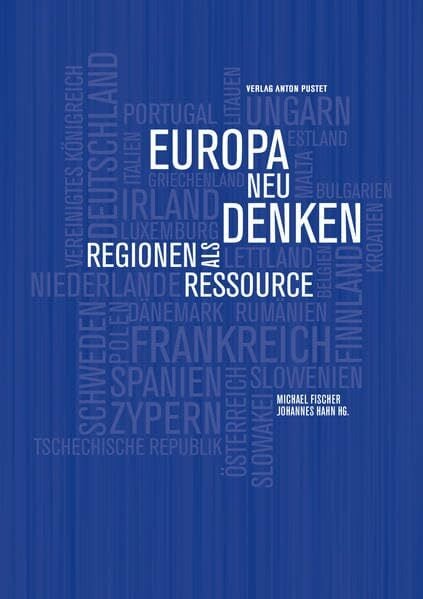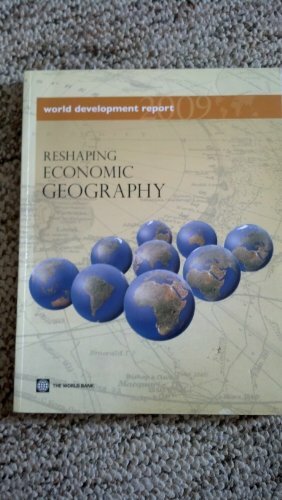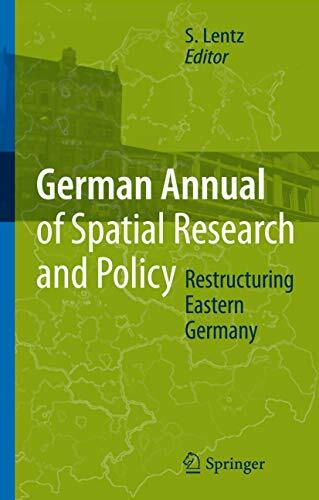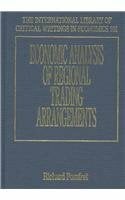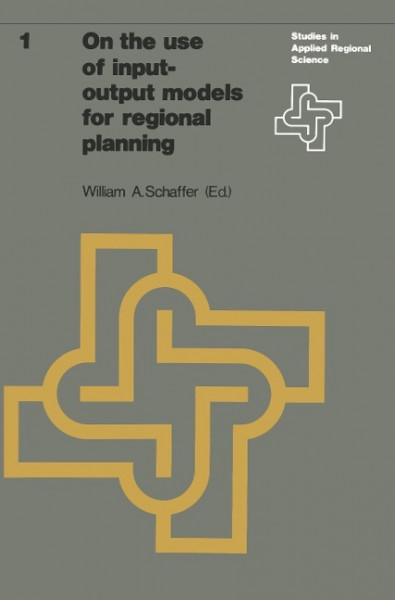
On the use of input-output models for regional planning
Kurzinformation
inkl. MwSt. Versandinformationen
Artikel zZt. nicht lieferbar
Artikel zZt. nicht lieferbar

Beschreibung
This book attempts to show, in a style acceptable to both academics and hurried planning executives, how simple analytic tools may be used to bridge the substantial gap between producing an input-output table and using one. In pursuing this goal, we eschew all discussions of complex programming models, for example, and concentrate on, above all, interpretation of the transactions table itself, on such common tools as multipliers, impact analysis, projections models, and self-sufficiency analysis, and on a few innovations such as income-per-employee indices, development simulators, and market analysis routines. Our primary purpose has been to show how planners, both private and public, can use regional input-output analysis quickly and to their advantage. The Georgia Interindustry Study was sponsored by the Office of Planning and Budget and the Department of Industry and Trade of the State of Georgia; their support is gratefully acknowledged. The fmal study report, of which this book represents a substantial revision, benefited enormously from the support and incisive criticisms of Dr. William W. Nash, then with the Office of Planning and Bud~t; his efforts are warmly appreciated. Many other officials in Georgia government contributed to this study, including: Louis Schneider and Kenneth P. Johnson in the' Office of PlaJ}ning and Budget; James O. Bohanan, James Butler, George Rogers, and H.W. Wiley in the Department of Industry and Trade; Joe Woodall and Corine Cross in the Department of Labor; William M. Nixon in the Department of Audits; and J .B. von Shafer, William
Produktdetails

So garantieren wir Dir zu jeder Zeit Premiumqualität.
Über den Autor
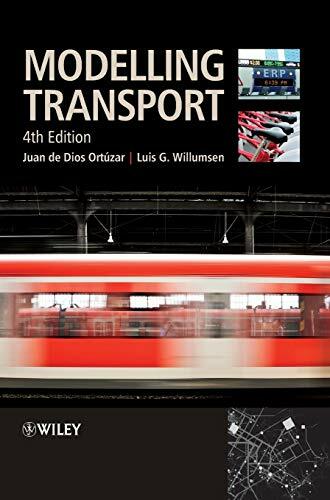
- Gebundene Ausgabe
- 607 Seiten
- Erschienen 2020
- Wiley
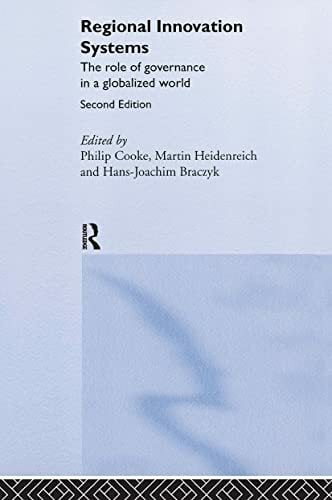
- hardcover
- 464 Seiten
- Erschienen 2004
- Routledge

- paperback -
- Erschienen 1972
- Jänecke

- hardcover
- 263 Seiten
- Springer
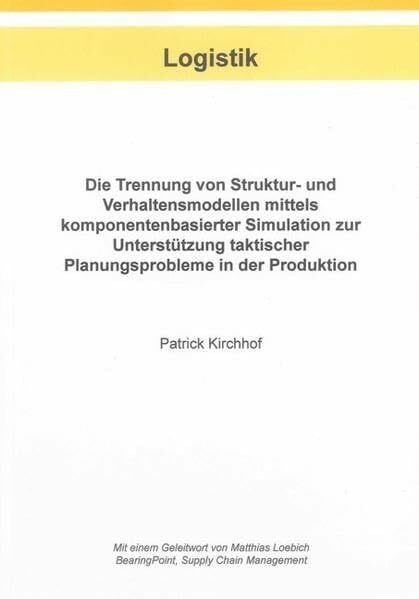
- paperback
- 248 Seiten
- Erschienen 2012
- Shaker





















